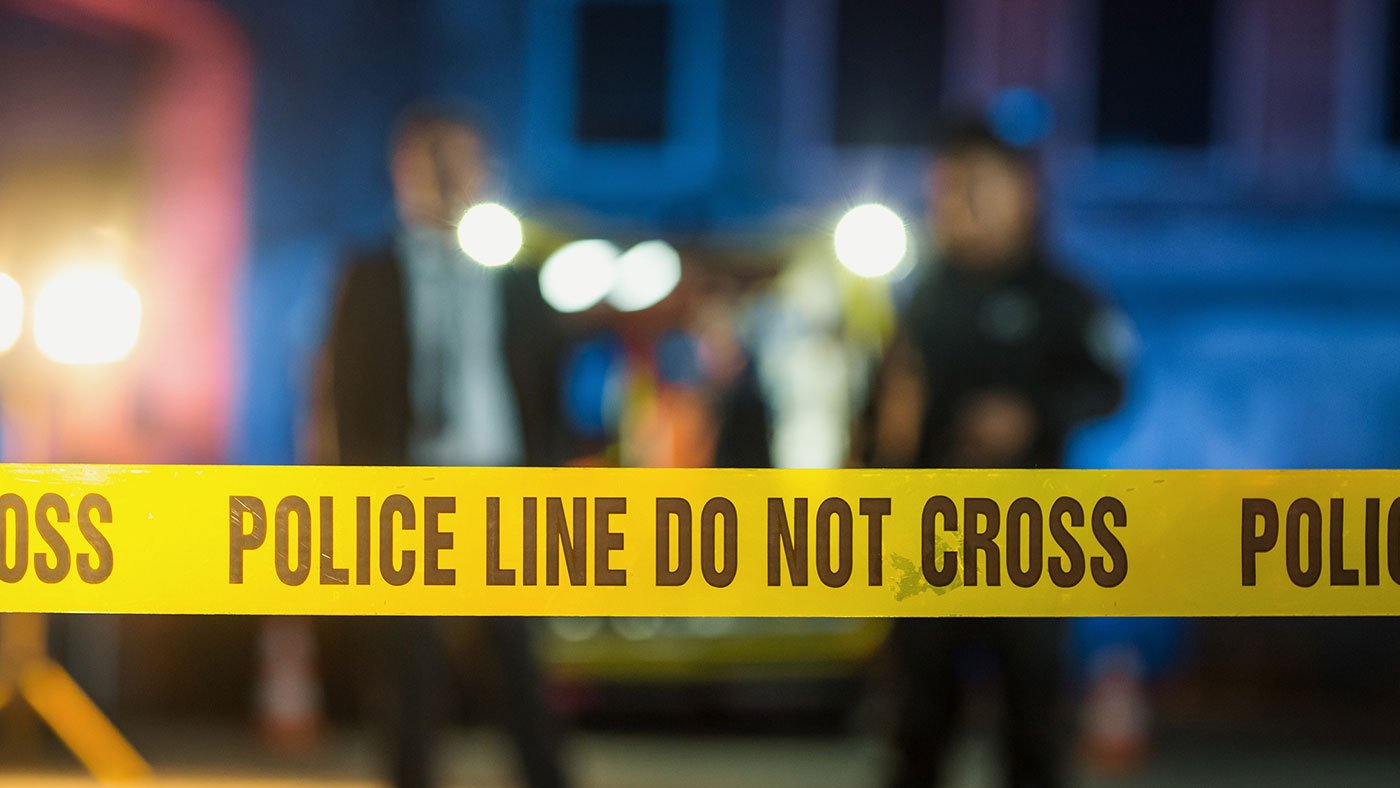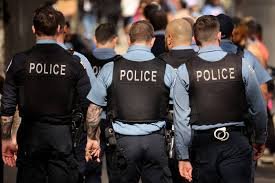By Jason Johnson and Sean Kennedy
Consent decrees are a blunt instrument for enacting police reform. The approach has proven ill-suited at enacting effective change in law enforcement agencies. These coercive reforms face institutional resistance from departments and their personnel and fall victim to mission creep from the unaccountable lawyers, judges, and bureaucrats who oversee the design and later the implementation of the reforms. The situation worsened significantly as the Obama Administration increased the use of consent decrees, a policy resumed under the Biden Department of Justice. Often built on limited and flimsy evidence, the Justice Department’s allegations against police agencies put local jurisdictions in a near impossible position to contest civil rights violations findings. Additionally, the Justice Department frequently injects its policy preferences into the required remedies that do not reflect urgent or even necessary changes, but policy agenda of the Civil Rights Division and the White House. Subject jurisdictions are often compelled to accept settlements with unachievable compliance goals and required to spend vast sums to remedy problems outside the scope of the statutory requirements. Consent decrees are not a quick, easy, or inexpensive fix. And this type of settlement can have consequences – higher crime, lower police morale, ballooning costs, drifting timelines, and dissatisfied residents. In many cases, consent decrees prove to be damaging boondoggles rather than bolstering effective and constitutional policing. Federal intervention for some agencies may still be necessary but less onerous and more effective tools exist for enacting necessary reforms. Those alternatives should be preferred where possible. The Justice Department’s interventions in law enforcement agencies should be precise in their methods and practicable in their goals. This paper examines:
• the origins and process of police consent decrees;
• the increasing use of consent decrees to enact police reform policies;
• the consequences of police reform by consent decree; and
• the alternative approaches to improving American policing.
Alexandria, VA: Law Enforcement Legal Defense Fund, 2023. 24p.





















